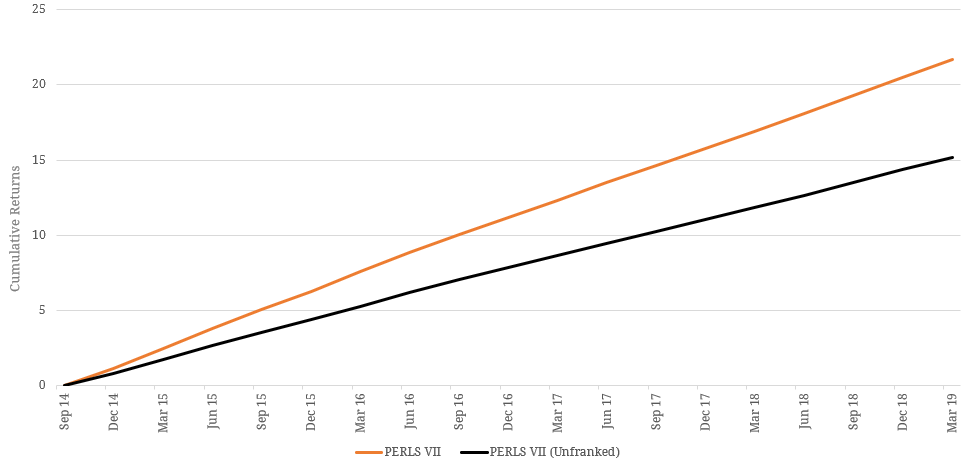It would be safe to assume that popular search engines have witnessed a dramatic increase in ‘franking credits’ inquiries since the Leader of the Opposition divulged his party’s proposed changes to the scheme a year ago. Whilst there is still water to go under the bridge on that front, the popularity of Australia’s dividend imputation system as a discussion point has demonstrated just how poorly it is understood. This includes its application to Australian bank hybrid securities. Generally, for investors of Australian shares, dividends paid to them by Australian resident companies are taxed under an imputation system. Tax paid by a company may be attributed to qualifying shareholders by way of franking credits attached to the dividends they receive. This means that dividends paid include a franking credit, at the current company tax rate (generally 30%), to avoid double taxation for investors. To qualify, an investor need only hold shares continuously ‘at risk’ for at least 45 days (ATO’s ‘Holding Period Rule’). For investors in Australian bank hybrid securities, distributions may be subject to the same imputation system, and up to 30% of the gross distribution may be passed on to investors in the form of franking credits similar to the mechanism of dividends on shares. An important difference is that under the ATO’s rule, investors in these securities must continuously hold the instrument ‘at risk’ for at least 90 days. A key side point for investors is that they should generally not be purchasing hybrid securities within the final 90 days period prior to redemption. This is because, assuming a grossed-up yield, the investor would not be eligible for franking credit offset. Of course, an investor could still buy the securities on a cash / net yield basis. Whilst this is a small tax factor in the hybrid market, there is an important distinction in pricing for existing investors rather than new investors. Excepting pensioners, the proposed changes are limited to excess imputation credit refunds. These apply to investors whose total imputation credits attached to franked dividends paid exceed their basic income tax liability for the year. However, given the positive correlation between those investing for income through hybrids and those with reduced working incomes, we feel it may be particularly relevant to some of our readership. Figure 1 below shows the income effect that would have been felt by holders of the PERLS VII (ASX: CBAPD), should the policy have been introduced at its issuance. Figure 1. Franking Credit Comparison: PERLS VII Cumulative Distribution Returns 



